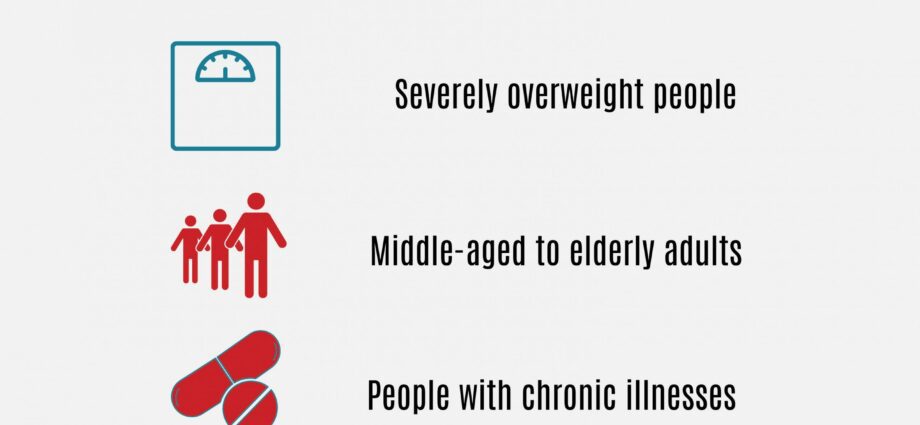People at risk and risk factors for lead poisoning
People at risk
- The infants and children aged 6 years and under;
- The pregnant women and their fetus. Lead trapped in the bones can be released in the body, cross the placenta and reach the fetus;
- Possibly the elderly, especially women, who have been exposed to significant amounts of lead in the past. Osteoporosis, which affects postmenopausal women more, could cause the lead accumulated in the bones to be released into the body. Also, older people are more likely to have high blood lead levels with fewer symptoms than children;
- Children who suffer from pica. It is a compulsive eating disorder which consists in systematically ingesting certain inedible substances (earth, chalk, sand, paper, paint scales, etc.).
Risk factors
- Work in a metal processing or recycling plant for automobile batteries or electronic products containing lead;
- Live near factories that release lead into the environment;
- Live in a house built before 1980, because of the risks associated with exposure from tap water (pipes with lead solders) and old lead-based paint;
- A nutritional deficiency in calcium, vitamin D, protein, zinc and iron facilitates the absorption of lead by the body.










